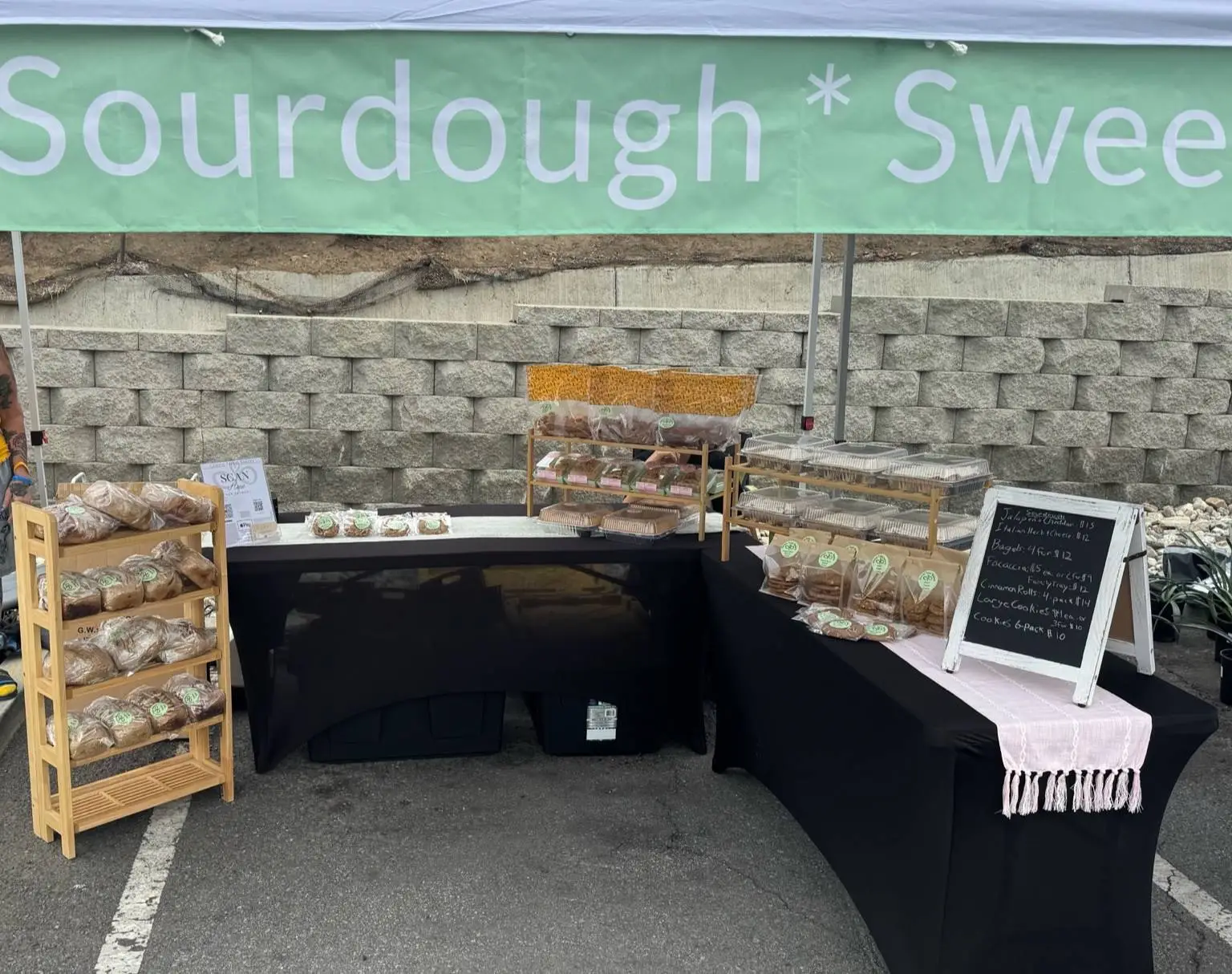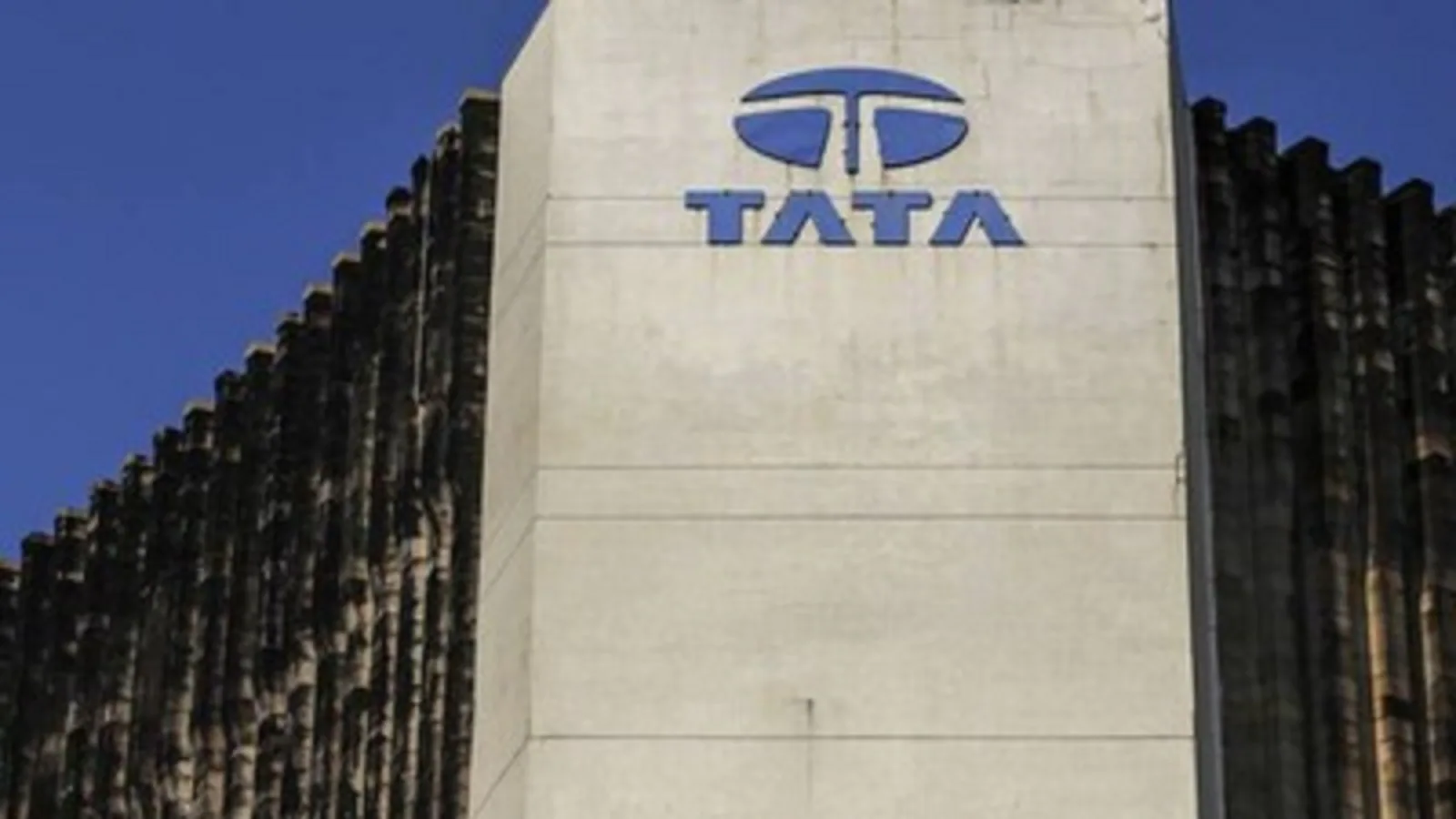By KNEWS
Copyright kaieteurnewsonline

‘Full 50% profits from Stabroek Block a fleeting illusion’- Patterson
Sep 30, 2025
News
Kaieteur News – Guyana will never see its full 50% profit share from the Stabroek Block as long as government refuses to put in place ring-fencing mechanism in future oil projects, Former Public Infrastructure Minister, David Patterson as said. He said any promise of 50% profit share by the authorities is a “fleeting illusion”.
In a recent interview with Kaieteur News, Patterson who is also Chairman of the Alliance For Change (AFC) voiced concerns over the approval of a seventh oil project for American oil giant ExxonMobil, in the absence of a ring-fencing provision. Guyana has been urged on numerous occasions by renowned independent bodies, such as the International Monetary Fund (IMF) to implement a ring-fencing provision to safeguard the country’s resources.
Ring-fencing simply means that each oil project should pay for itself. After the cost of the project is recovered by the operator, all of the revenue generated would be available to split as profit (minus operational and maintenance expenses).
In the absence of this provision, Exxon uses profits generated from the projects in operation to finance developments that are yet to come onstream. This continues to swell the cost bank which in turn delays the country from enjoying a larger portion of revenue.
According to the Stabroek Block oil deal, Exxon can recover up to 75% of oil produced monthly for these expenses. In addition, the company also enjoys a 12.5% profit split with the government of Guyana. This means that Guyana receives 12.5% of the oil produced in addition to 2% royalty that is paid from the operator’s share.
On September 22, the government signalled a greenlight to ExxonMobil for its seventh deepwater development, the Hammerhead project. As such, Patterson pointed out, “There’s no ring-fencing. With the amount of profit that they’re making and cost being recovered, we are no nearer to reaching the 50, 50 revenue split that was promised. So, definitely, that continues to be a fleeting illusion.”
During a press conference this year, Business Services Manager at ExxonMobil Guyana Limited, John Colling was unable to say when the country could enjoy its full 50% profit from the Stabroek Block. He would only assure that by the end of the decade, Guyana will receive US$10B annually.
He explained, “In the future, once all of the costs have been recovered, a larger component of the revenue will be available for profit oil, for splitting between EMGL and its partners and the government of Guyana and we expect by the end of the decade that the government of Guyana will be receiving US$10B a year in profit oil and royalty which is equivalent to GY$2 trillion.”
When asked to specify when this would be possible, the Business Services Manager noted that there are a number of factors that drive future performance but his focus was to cover results up to 2024. He was therefore unable to give a clear indication of the year Guyana could receive the lion’s share of its wealth.
“We look at a number of prices, we look at a number of scenarios so I can’t be more specific than to say in general, we look at all the different assumptions, we expect by the end of the decade for that number to approximate US$10B a year,” he said.
Ring-fencing
Kaieteur News previously reported that in three separate reports dated 2017, 2018 and 2019, the International Monetary Fund (IMF) urged Guyana to ring-fence its oil fence its projects. In one of the reports, the IMF stated: “This asymmetrical treatment of profit and cost oil will benefit the contractor at the expense of delaying government revenue.”
Meanwhile, the United Nations Development Programme (UNDP), along with another international expert, Chatham House and the World Bank called on Guyana to include a ring-fencing provision for each project. Director of Financial Analysis for the Institute for Energy Economics and Financial Analysis (IEEFA), Tom Sanzillo painted a more graphic picture in one his reports on Guyana.
He said, “The lack of contract protections means that every time Guyana announces it has received more revenue, it is actually being shortchanged…the country may never see the promised annual revenues in the billions of dollars.”
ExxonMobil Guyana, illusion, Oil profit, Patterson, profit, ring-fencing, Stabroek Block



